Gus Ramsey, Bill Simmons and the epic MicroLeague Baseball battle that foreshadowed their future
In the 1980s, two future ESPN personalities staged something that had just then become possible

Box Score is a weekly column that offers a look at sports games and the athletic side of the industry from the perspective of veteran reviewer and sports fan Richard Grisham.
For a baseball-obsessed teenager living in the 1980s, no game was better than MicroLeague Baseball. Featuring some of the greatest major league teams throughout history – replete with the real rosters and tons of statistics for each player – it allowed me to don a manager’s cap for the first time and play countless hours of captivating games. It wasn’t about timing or stick-flicking; you needed legitimate baseball smarts and strategies to win. I sunk days, weeks, and months into it, playing seasons, tracking stats, and generally geeking out.
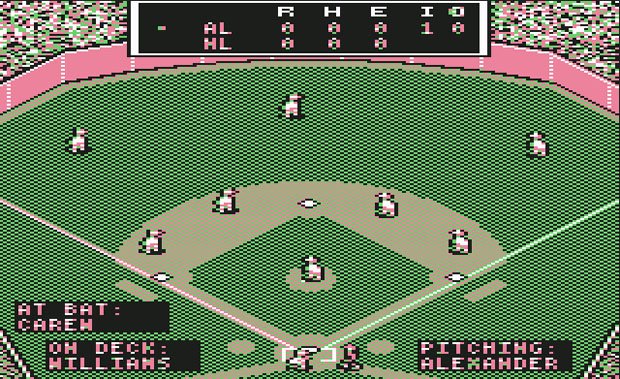
Turns out I wasn’t the only one.
Gus Ramsey and Bill Simmons are well-known ESPN personalities today – Ramsey, as a part of the Sports Nation show, is actively involved behind and in front of the scenes, and Simmons is the world’s most popular sports writer and podcaster – but in the summer of 1988, they were simply good friends who shared a passion for baseball.
“This was the summer before my last year in college,” Ramsey told me when I spoke with him last week. “My folks had just moved out to California that year. I am one of 6 kids, but I was the only one still in Connecticut at that time. I was living with a friend of my Mom’s that summer, so for the most part I was spending all my non-working hours at Bill’s house. He had MicroLeague Baseball.”
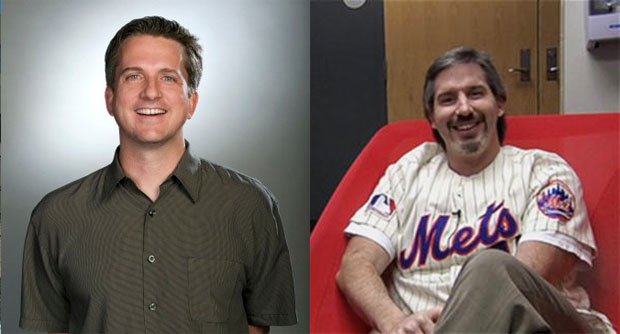
Above: Simmons (left) and Ramsey are best known as ESPN personalities, but their friendship goes way back
Weekly digests, tales from the communities you love, and more
These days, it’s hard to comprehend the impact MicroLeague had on people like us, but trust me; it was massive.
“Growing up, I was a big Strat-O-Matic fan,” Ramsey recalled, speaking about the card-based board game that had been around since the early ‘60s. “In some ways, MicroLeague was the first kind of video evolution of Strat-O-Matic. I used to sit there and play Strat-O-Matic, keep score of the games, box scores, the stats and all of that. Now, instead of rolling the dice, you just had to press a couple keys on the keyboard. Bill had the version of the game that would give you the box scores and track statistics and he had a printer for his computer, which in the ‘80s was a big deal. The thing was like the size of a Hyundai.”
Ramsey, a lifelong Mets fan who’d been going to games since childhood, and Simmons, a huge Red Sox supporter who still hadn’t recovered from their epic collapse in the 1986 World Series, made a decision that only MicroLeague could empower.
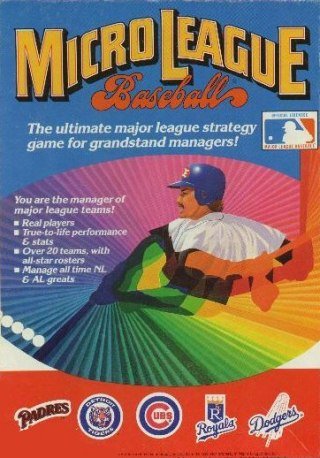
“We decided that summer that we were going to play a 162-game Mets-Red Sox season,” Ramsey said. “I made a roster of the greatest Mets of all time, he had made a roster of the greatest Red Sox of all time from 1962 on. We needed a level playing field, so no Ted Williams for him or some of those guys. I had good pitching. When you take the best Mets’ years from ’62 to ’87 – Seaver and Koosman and Matlack and Gooden – you can put together a pretty good pitching staff.”
Turns out, however, that Ramsey wasn’t entirely alone in the decision-making process for his Mets. A certain future Hall of Fame pitcher named Tom Seaver made sure of that. When Seaver was attempting a comeback with the Mets in 1987, Ramsey wound up catching him in some practice sessions (read all about how that happened here). Gus got onto the subject of his all-time Mets roster when chatting with the legendary hurler.
“I was explaining to Seaver about the MicroLeague team and my all-time Mets team,” Ramsey recalled. “MicroLeague was strictly an offensive game, there was no defensive accounting for anything. So, Bud Harrelson was not my shortstop because Frank Taveras had had a year where he hit .279; at that point, that had been the most productive shortstop the Mets had ever had.
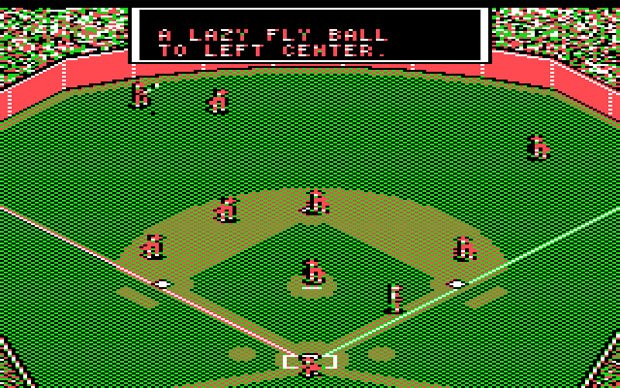
“I go through my lineup with Seaver and I tell him that Frank Taveras was my shortstop,” he continued. “You have to understand that Seaver loves Bud Harrelson, in part because he’s a great defensive shortstop that saves a lot of runs and Seaver obviously appreciated him.”
The conversation was quick and, well, effective.
Ramsey: I’ve got Frank Taveras at short.
Seaver: No, you gotta have Harrelson.
Ramsey: Well, Tom, there’s really no defense at all, and Buddy’s best year was like .235, Taveras’ was .279.
Seaver: No, you gotta have Harrelson. Just put Harrelson in there.
Ramsey: I understand, Tom, but –
Seaver: Change it.
So in went Buddy Harrelson.
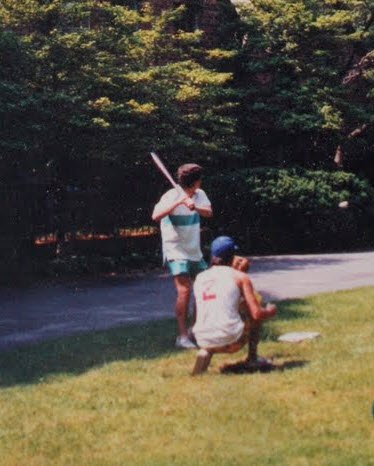
Above: Simmons stands at bat while Ramsey catches for Seaver in 1987
As the summer progressed, the two friends played every single game – no simulations. “Pretty much every day over the course of the summer, we’d get together and play one game or two games,” Ramsey laughed. “We would have to hold up something to cover our eyes when the other guy was making his pitch selection, because you didn’t want anything nefarious going on. Every once in awhile he’d be like ‘You looked, I know! How else would you know I was going to throw a slider on 3-0!’”
As fall approached, Ramsey would soon need to make the drive from Connecticut to Rollins College in Orlando, Florida. There was just one problem.
“So summer is ending,” he remembered. “It’s the night before, I am driving to college the next morning, and we’re at game 156. Bill’s got a 6-game lead on me.”
Rather than concede defeat, though, Ramsey played Simmons until there was no chance the Mets could overtake the Sox. Which never happened.
“I win the last six games to split 81-81 for the 162-game season,” he recalled. “It was a lot of fun and just pretty funny that we spent the entire summer and cranked out 6 games the last day to finish dead even at 81-81.”
Turns out the long drive to Orlando was a little bit happier than Ramsey expected it to be just the day before.
These days, complicated online franchises with custom schedules, rosters, and stat tracking are common. But in the 1980s, the newness of it – combined with the simple beauty of the best baseball simulator of its day – was a small part of propelling two good friends on a path that led to careers doing what they love. We should all be so lucky.
Richard Grisham has been obsessed with sports and video games since childhood, when he'd routinely create and track MicroLeague Baseball seasons on paper. He currently lives in New Jersey with his wife and four-year old son, who he'll soon be training to be an NFL placekicker. As a freelance journalist and writer, his work has appeared in GamesRadar, NGamer, and 1UP.
Richard Grisham has been obsessed with sports and video games since childhood, when he'd routinely create and track MicroLeague Baseball seasons on paper. He currently lives in New Jersey with his wife and four-year old son, who he'll soon be training to be an NFL placekicker. As a freelance journalist and writer, his work has appeared in GamesRadar, NGamer, and 1UP.


